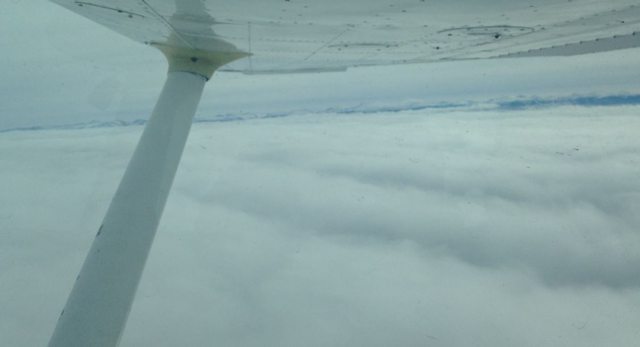Just one more point for the "hanger talk."...
It is certainly smoother 'VFR Over the Top' and I did it a lot but be aware that weather can change. Flying from Kentucky to a private field west of Chicago, preflight WX planning said we'd be in broken or scattered at arrival.
Nope!!! The weather had changed and
it was full OVC. I had flight following so popped in and, explaining my situation, asked if there was a VFR field nearby.
Controller: "Stand by one..."
Another controller came on: "Are you instrument rated?"
Me: "Rated, no -- qualified, yes."
He gave perfect vectors though the deck and setting me up for a nice northbound final at my destination.
HOWEVER... the descent and ground speed looked very wrong until I saw the windsock on top of the clubhouse.
"
Never fly into the sock!!!" The wind was now from the south.
Up and back to set up the approach the other way.
Lessons:
1) the weather changed, with the overcast coming in early.
2) with the forecast weather changed, ask yourself,
"Could the surface winds have changed, too?"
I learned from the experience. Hope others can, too.


